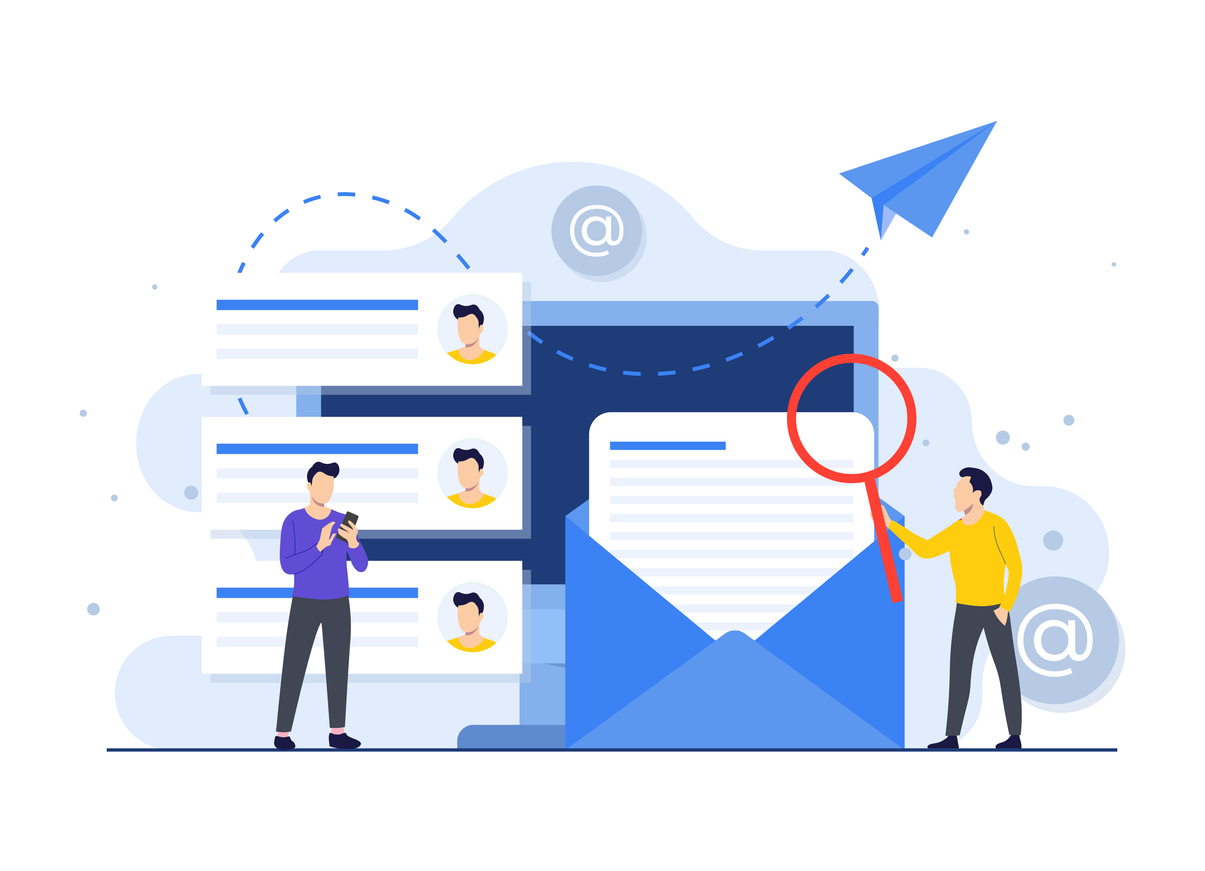When Should You Take an Inactive Subscriber Off Your Mailing List?

Building an email list, naturally, is an important part of email marketing. At the same time, maintaining a clean email list is just as important.
Even the most active subscribers almost inevitably become inactive over time. When they do, they can begin to hurt your overall email success. In many cases, that means creating winback email strategies to get them back on your good side. But eventually, you might just have to remove them.
In other words, successful email marketing is just as much about knowing when not to email a given subscriber anymore. This guide will help you understand just what makes this decision so important to your overall success, and what to do when that moment happens. Let’s dive in.
What, Exactly, Is an Inactive Email Subscriber?
At its core, the definition of an inactive email subscriber is simple: it’s any subscriber that hasn’t, in any way, interacted with your email messages in a given timeframe. They’ve begun to ignore your messaging, or never interacted with it to begin with.
The reasons why a subscriber might be inactive vary.
- They might have subscribed to you in the research phase of their buyer’s journey, but decided to go with a competitor instead.
- They might have become numb to your messaging, deleting new emails from you in their inbox regularly.
- They might no longer use the email address they used to sign up for your email messaging.
- They might have given you a wrong or dummy email address, which either bounces or goes to an irrelevant account.
For these reasons, the average email marketing database actually declines more than 20% every year–and that’s not necessarily a bad thing. It just means that, either through active measures or a good list management setup, inactive subscribers regularly get scrubbed from the list. The problems begin to appear when that doesn’t happen.
The Dangers of Ignoring Your Inactive Subscribers
In an ideal world, everyone who signs up to receive your email will keep opening them forever. Of course, reality has a different idea. On average, about one-third of subscribers on an email list never open an email. Keeping these accounts in your database can result in sometimes serious issues:
- Your unsubscribe rates will go up. In fact, an unsubscribe rate above 1% is a sign of bad list health, signaling unhappy recipients who might bring down your brand’s reputation.
- Your deliverability scores will go down. Both soft and hard bounces negatively affect this score, which will in turn result in fewer of your emails landing in the inboxes of even your most active subscribers.
- Your positive KPIs are negatively affected. If you count all of your inactive subscribers, you will naturally have lower open, click-through, and conversion rates. That, in turn, makes it tough to judge the success of your campaigns.
Keeping your list healthy, in other words, can have significant impacts on your overall email marketing success. Think of it as a reverse halo effect: regularly scrub your inactive subscribers, and the success potential for all of your email messages and automations will increase as a result.

How to Determine When to Take an Inactive Subscriber Off Your Email List
With the importance of scrubbing your inactive subscribers firmly established, let’s talk about the ways you can accomplish that goal. The answer, it turns out, is not always simple. Instead, it depends on just why your subscribers are inactive, and what other efforts you have already taken to re-activate them.
With the right email tool setup, these subscriber types can become separate segments in your overall database. That way, you can feed new subscribers fitting the same conditions into separate segments automatically and take the appropriate steps.
What to Do If a Subscriber Has Been Inactive for Short While
If a group of subscribers used to be active in opening and clicking through your emails, but have recently become more inactive, they’re a perfect opportunity for a winback campaign.
Many marketers define this segment as having received emails over the past 4-6 months without a bounce or unsubscribe, but not having clicked on any of them. Just receiving more “regular” emails probably won’t make a difference at this point; instead, they need messaging dedicated to bringing them back into the fold.
What to Do If a Subscriber Has Been Inactive for a Long While, or Didn’t Respond to a Winback Flow
This segment might include subscribers who haven’t interacted with any of your emails for at least a full year, or went through an entire winback flow without a response. They’re clearly not just dormant but no longer interested in your messaging.
These long-term inactive subscribers may deserve one final email, asking them whether they want to continue receiving messages from your business. If they still don’t respond, it’s time to suppress them from future email lists, at least until they opt back into your messaging.
Suppressing is the best choice here, because their data still gets preserved. If they change their mind or buy another product from you in the future, you don’t have to rebuild their profile from scratch.
What to Do With Dirty Subscribers Who Bounced or Never Interacted with Your Emails
The final segment of inactive subscribers is also the most drastic. Emails to them might regularly bounce, or they simply were never interested in your emails to begin with. In other words, there is no record of them ever opening an email from you in your database.
Email clients start to treat regular soft bounces or email senders that get completely ignored as spam after a while. That’s why platforms like Klaviyo automatically suppress subscribers with more than seven soft bounces in your database. Still, it makes sense to build a manual segment of this group as well, to avoid them falling through the cracks.
Set up a segment with the conditions of never opening an email or past bounces. Suppress any subscribers who land in this segment, with one exception: hard bounces, which are really just invalid email addresses, should be deleted from your subscriber database.
Ready to Keep a Clean Email List?
List maintenance can be tedious at times, but it’s an absolutely vital part of successful email marketing. Understanding when to scrub inactive subscribers can help you improve your deliverability rate and other KPIs, ultimately lifting up every email you send to your more active audiences.
All you need to do is get started. And fortunately, you don’t have to be on your own. Contact us for help in using a tool like Klaviyo to set up segments of inactive subscribers, take action, and keep a clean email list.


